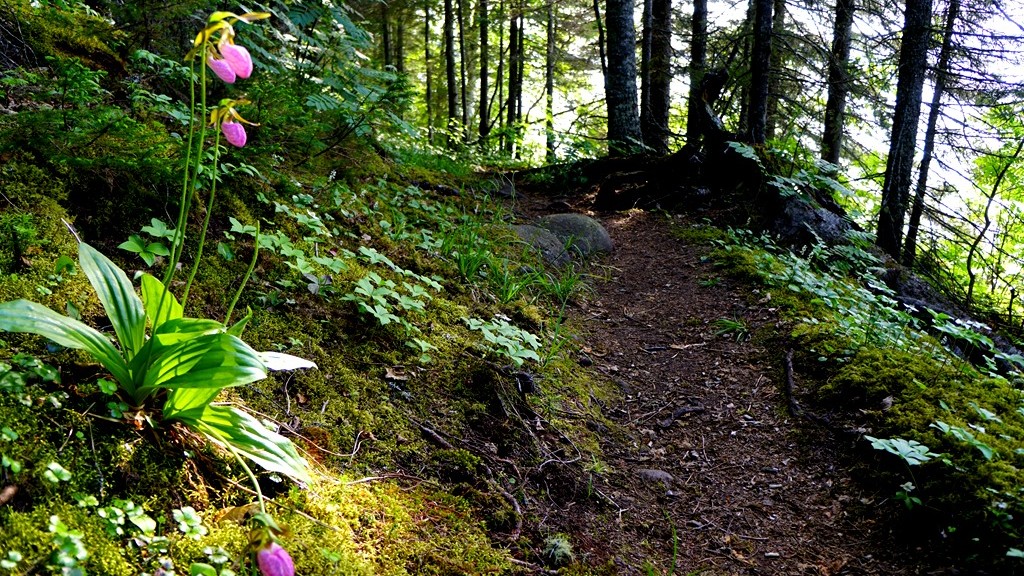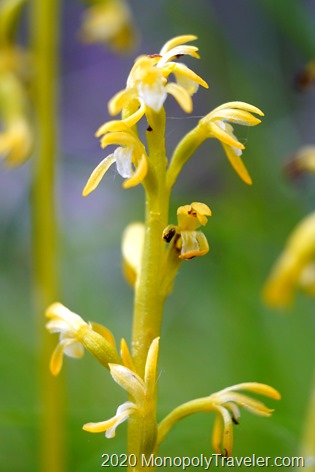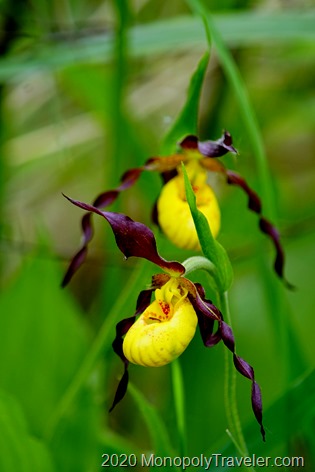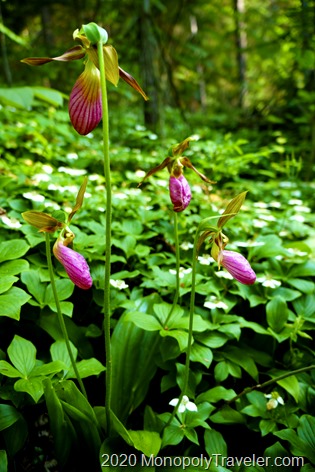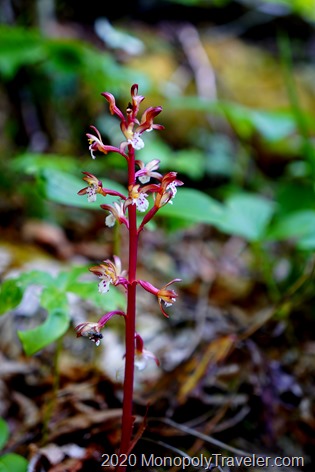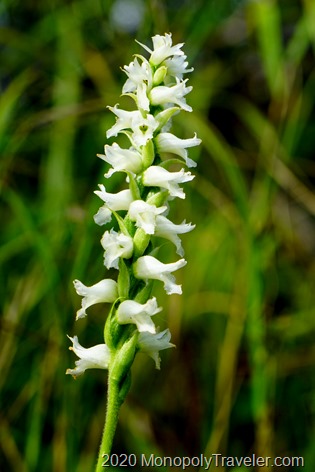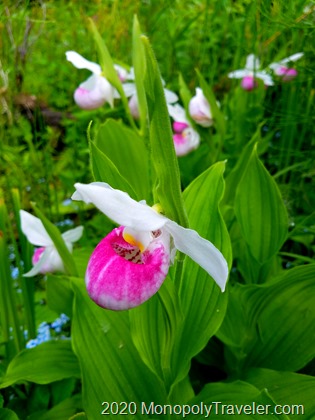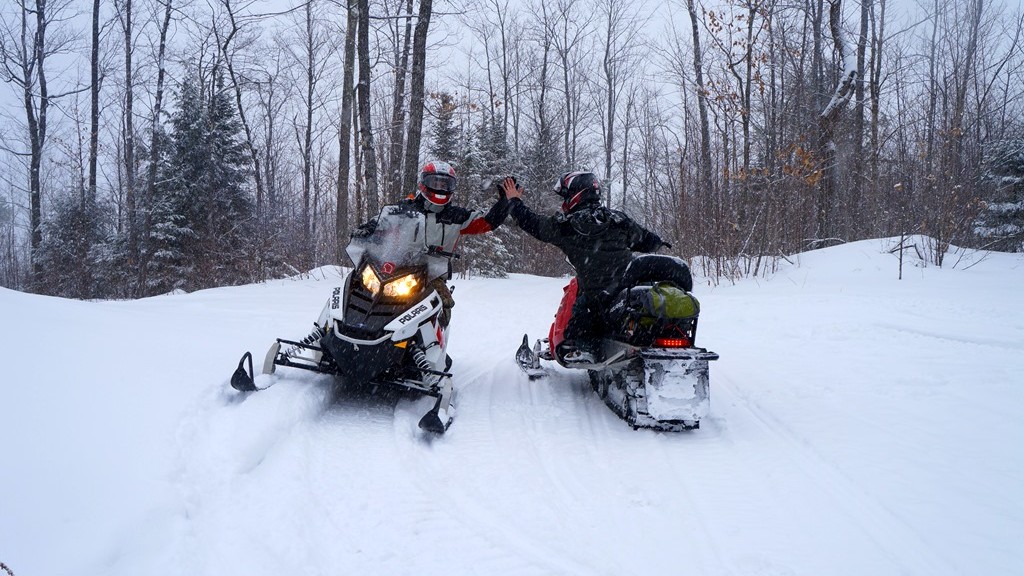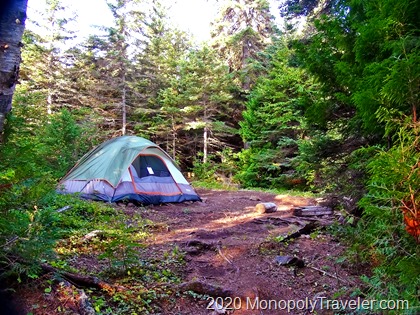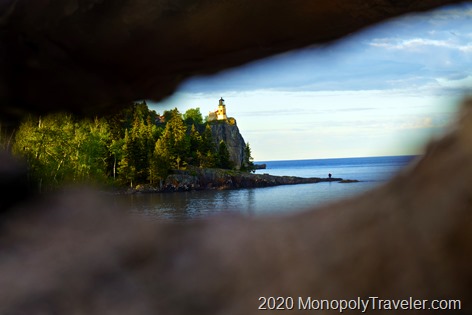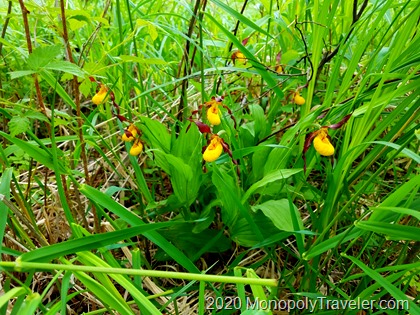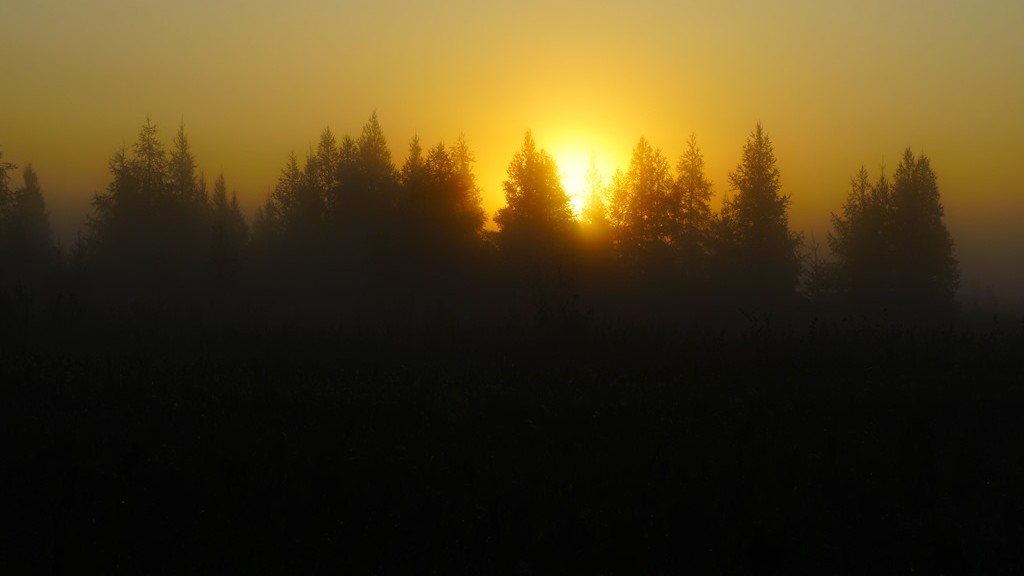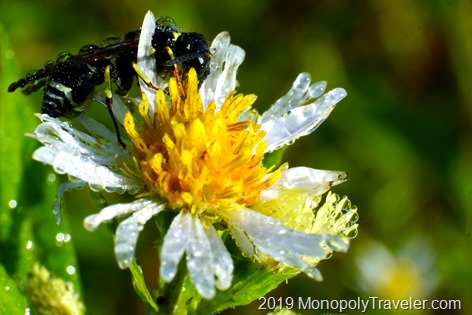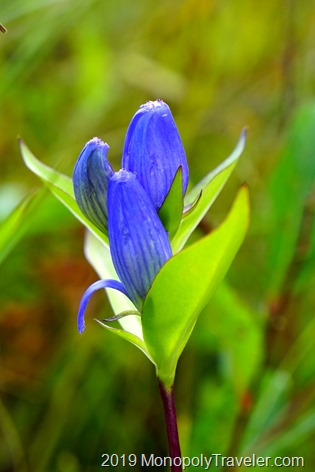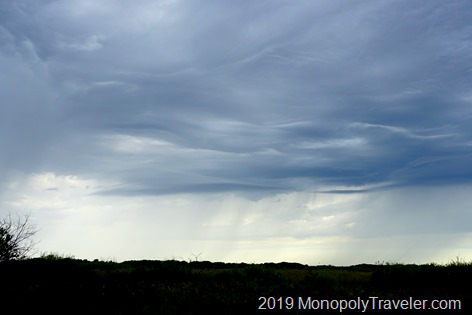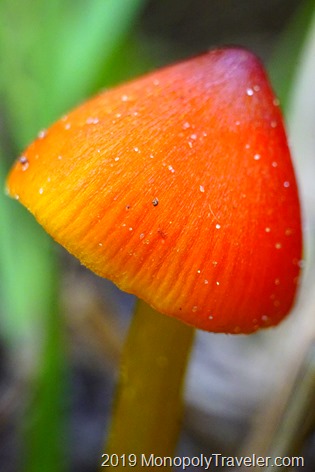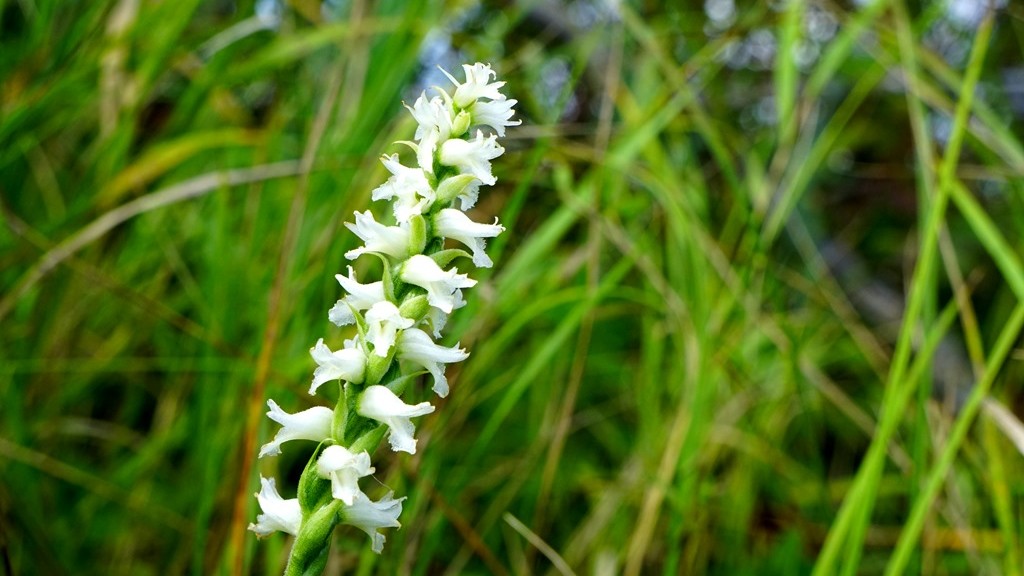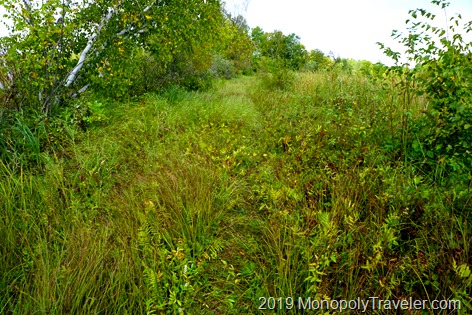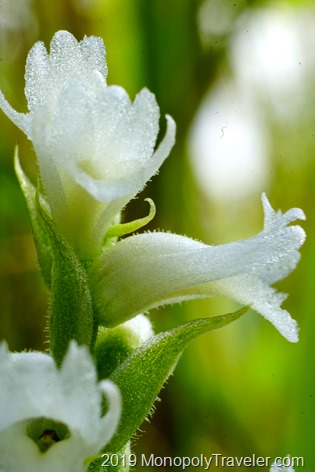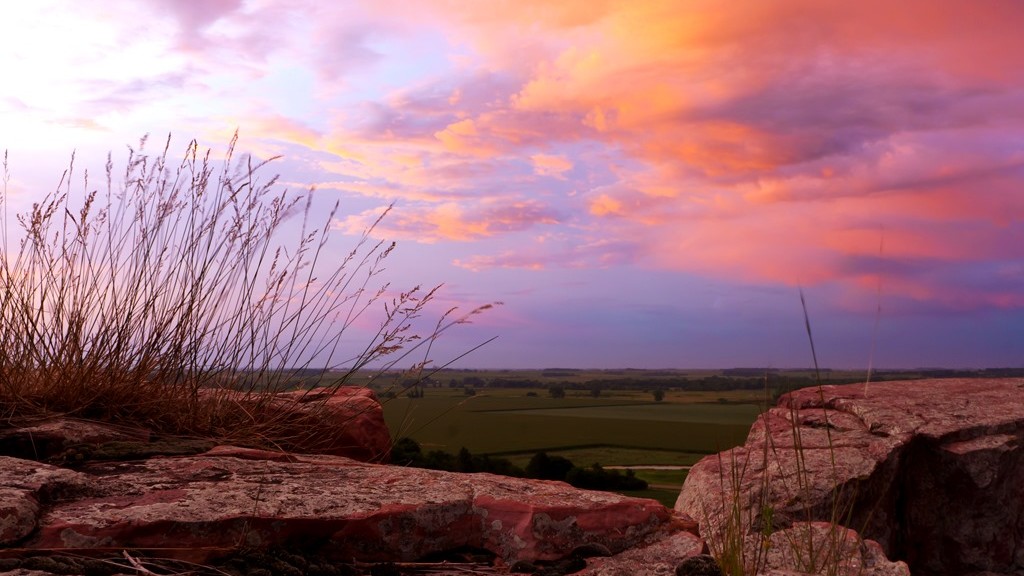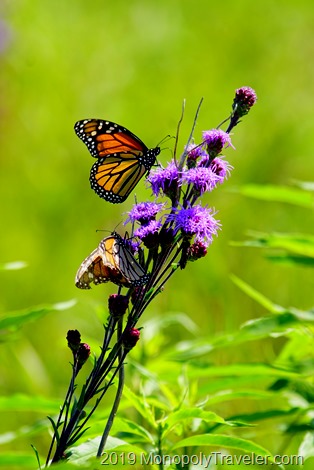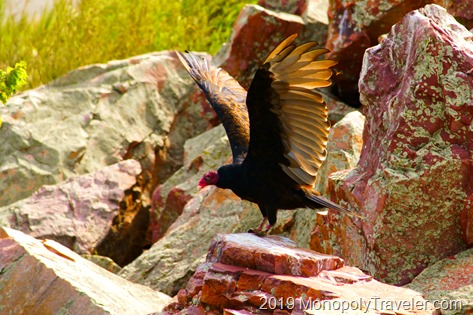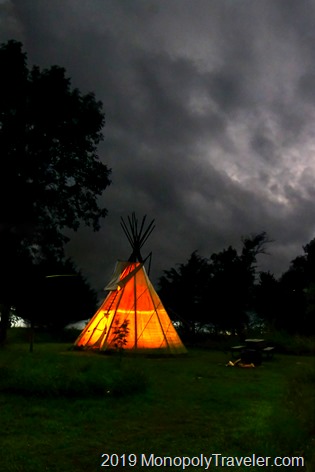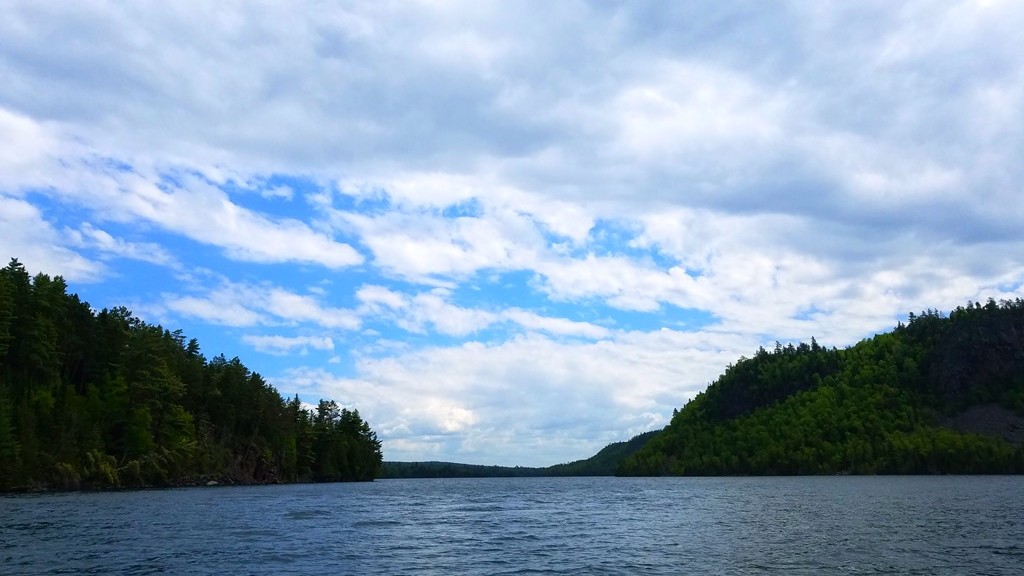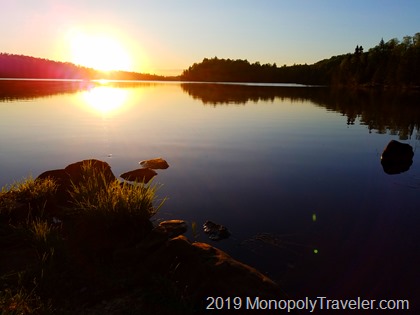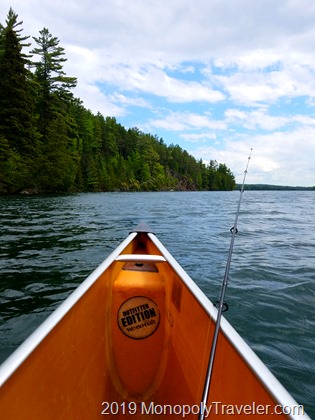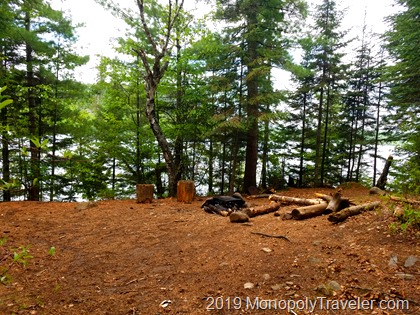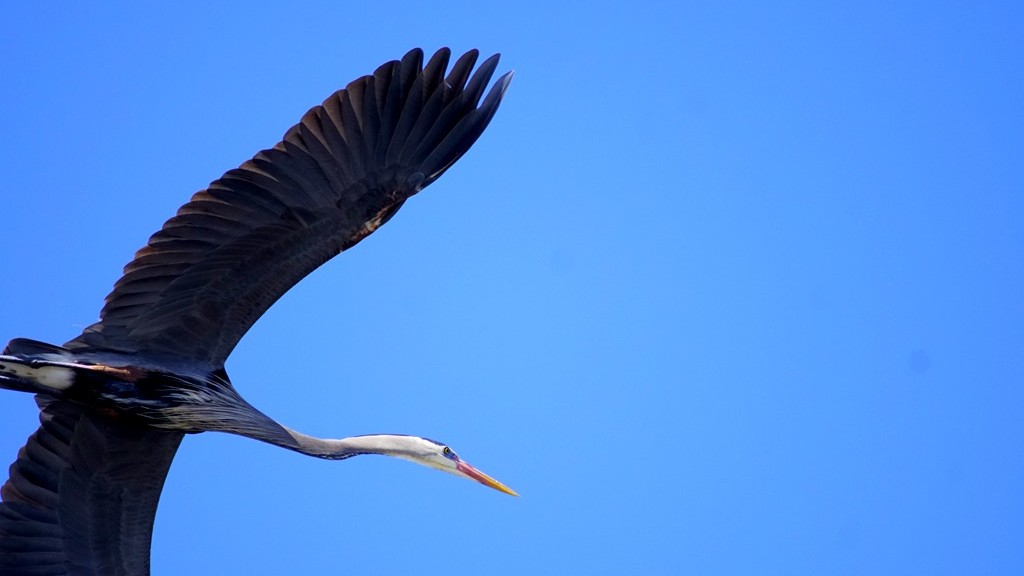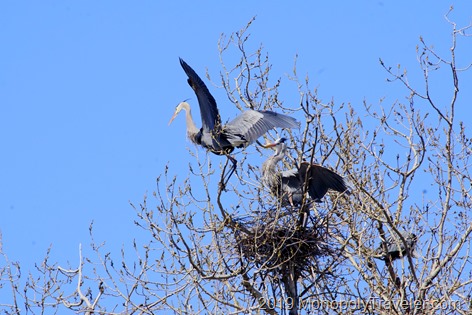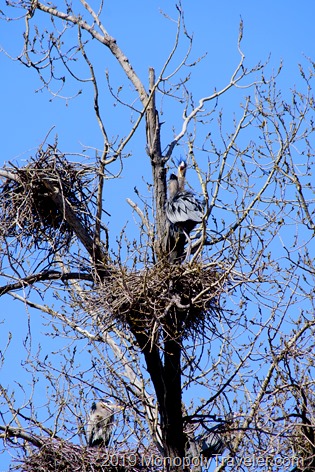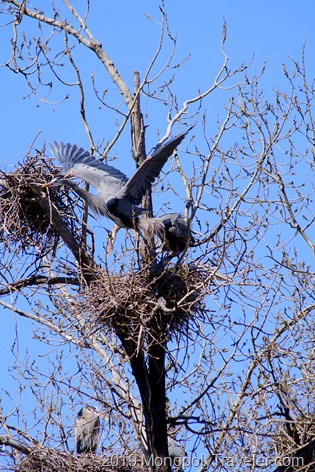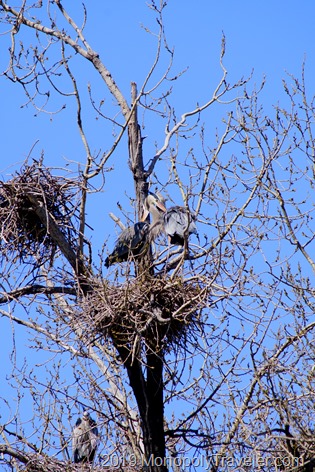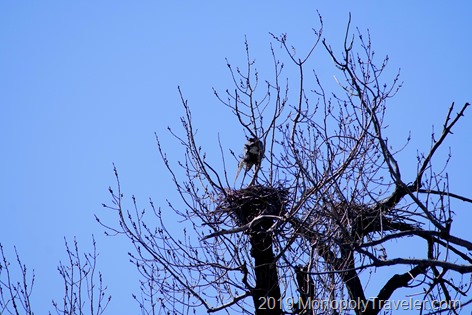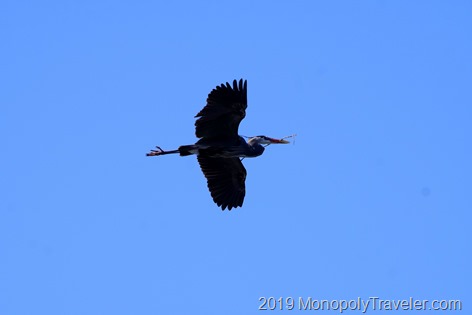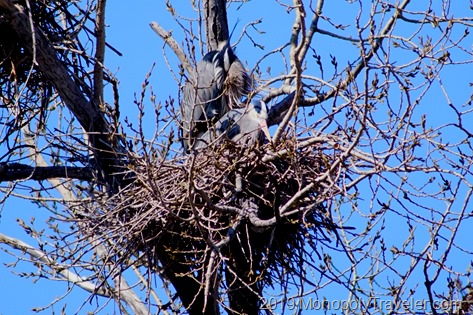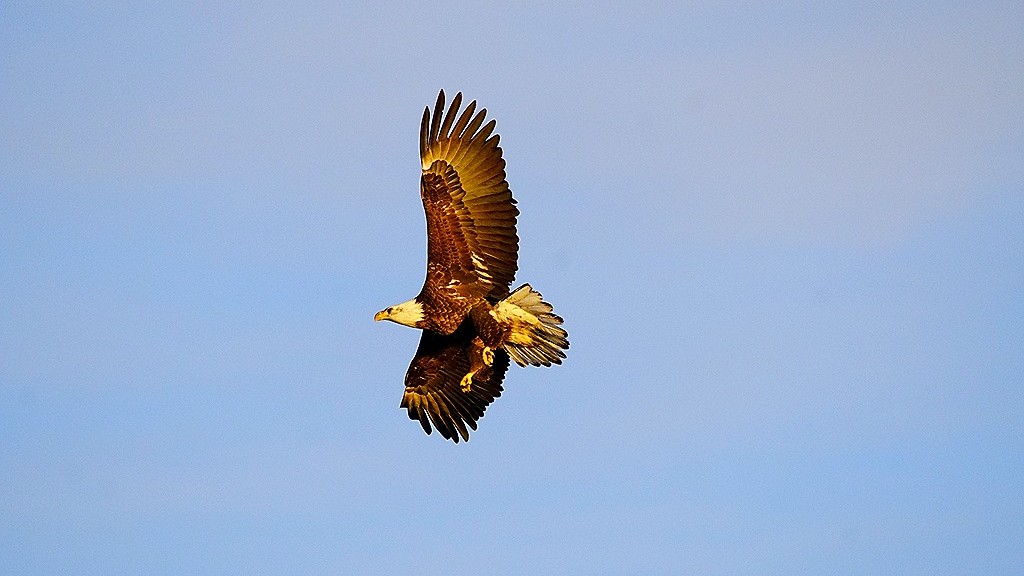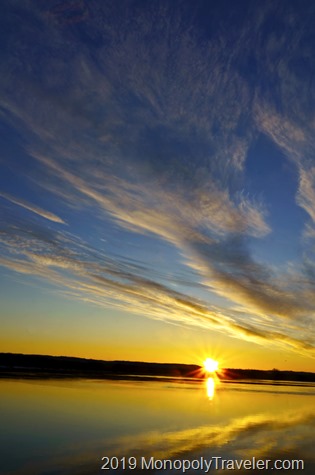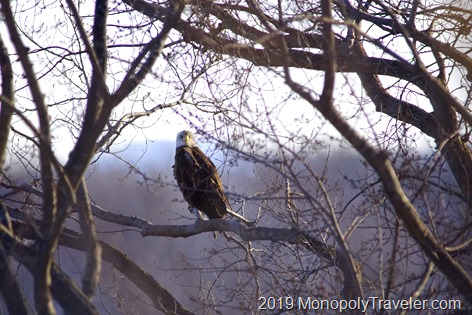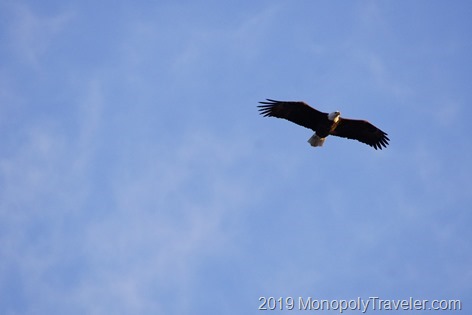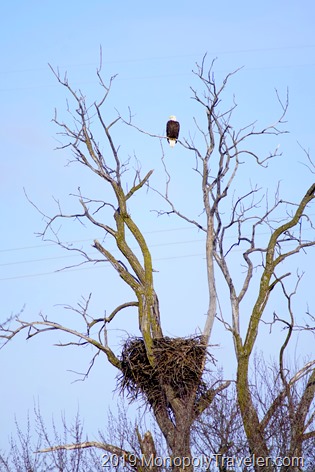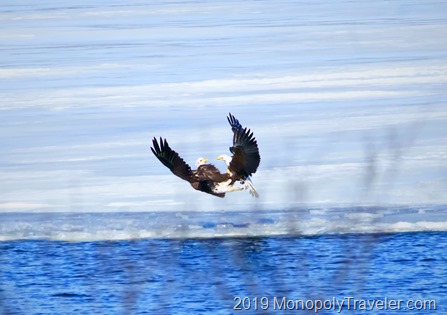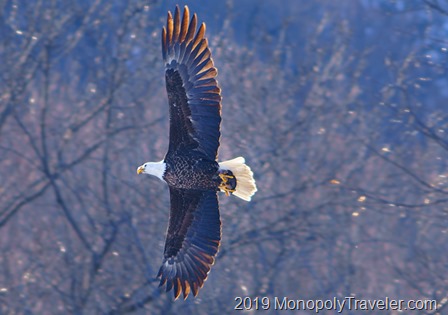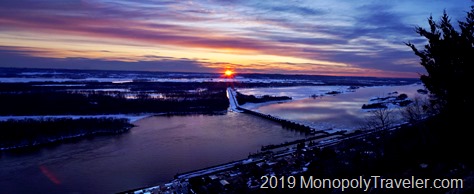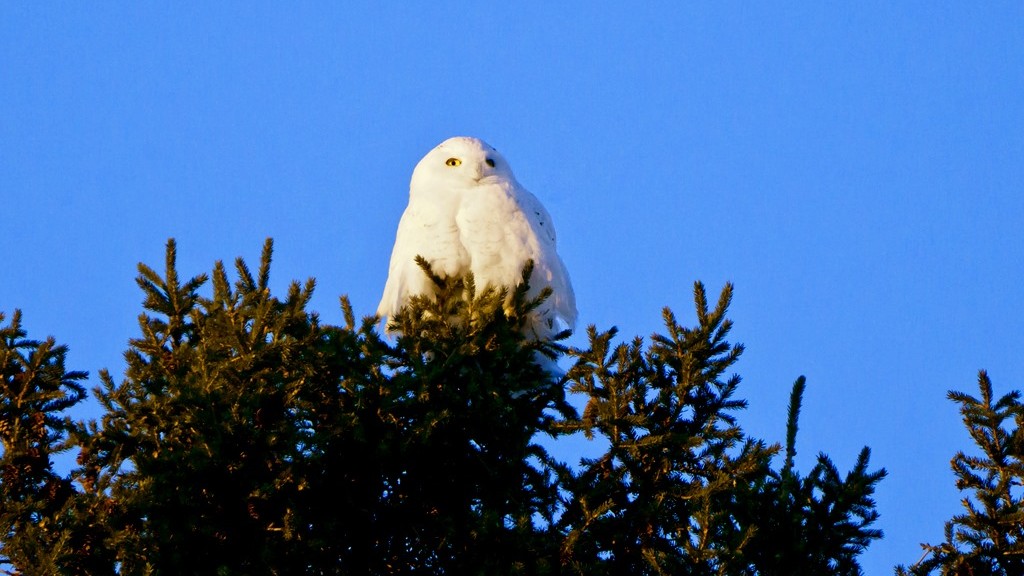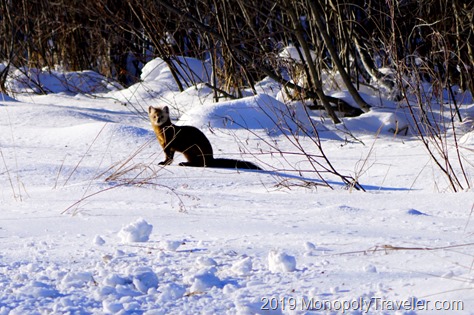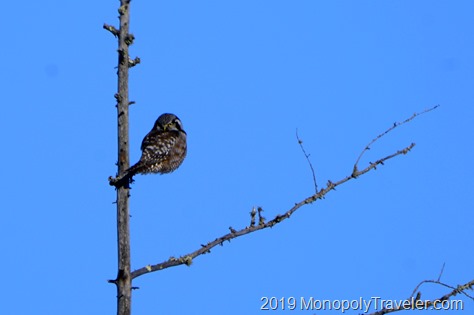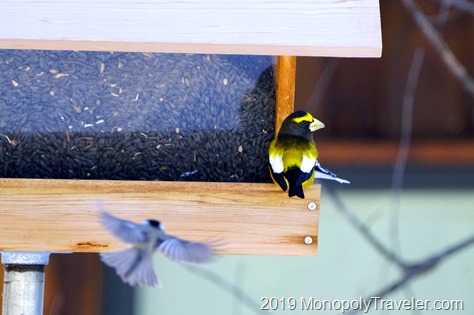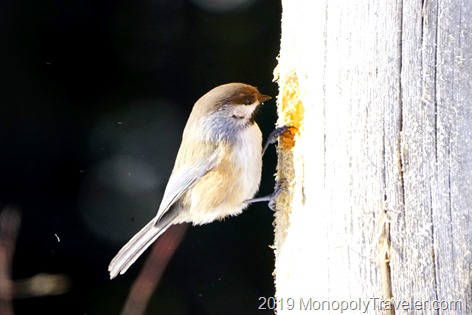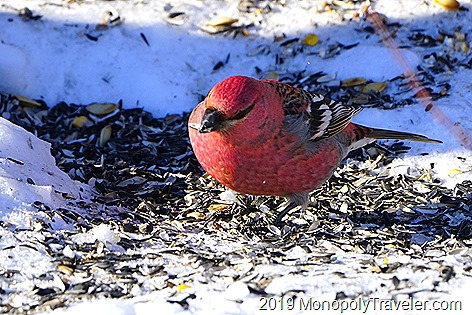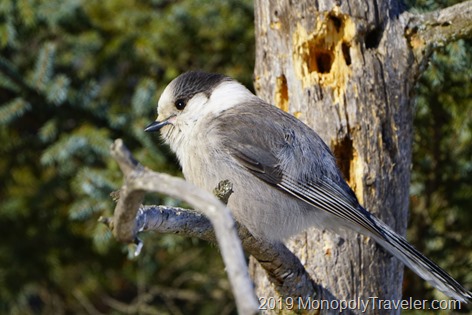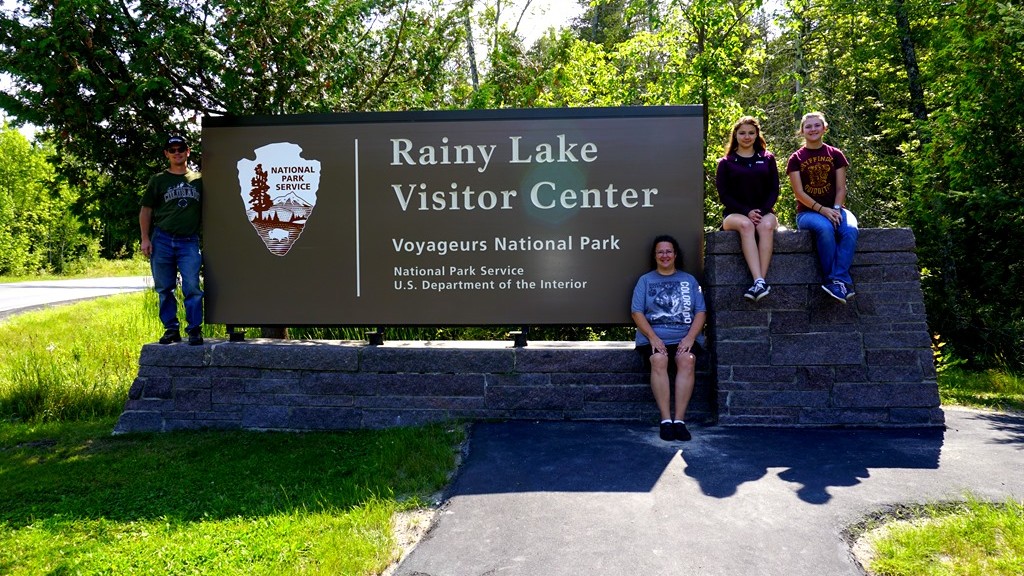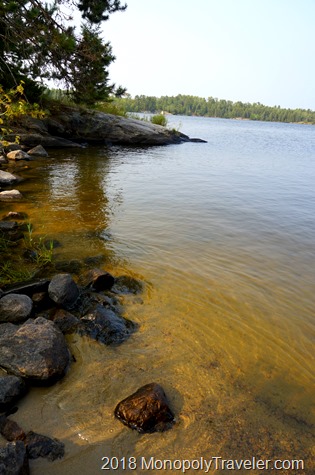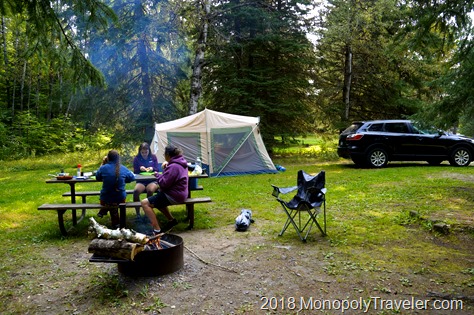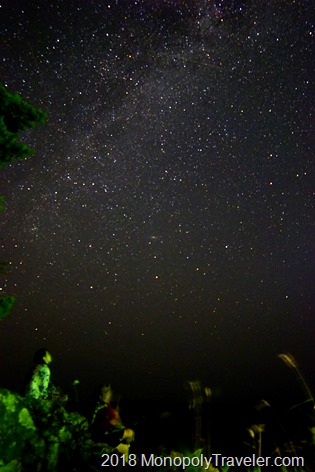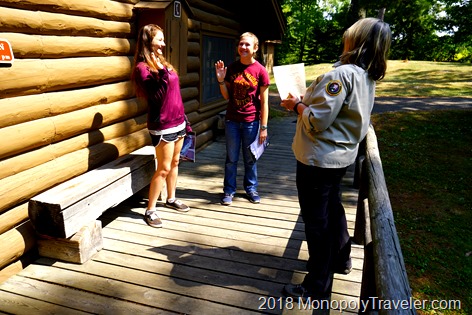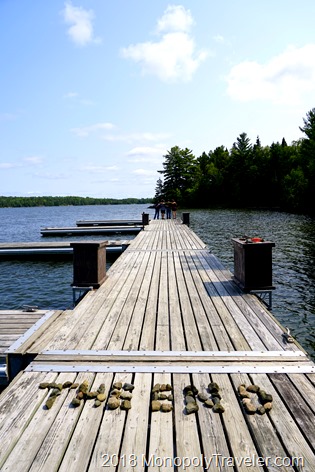Last year was an amazing year as far as finding native orchids to Minnesota. When people think of orchids, Minnesota is not a place they believe can grow orchids but there are over 40 different orchids that grow in this harsh environment. I was fortunate to find 6 of those, mostly by accident. One of my ‘someday’ goals has been to find as many of those orchids living in Minnesota as possible. This must be a good time to start that adventure which I hope to continue further in this next year. I have one expedition in the process of being planned currently and may put together another one or two as time permits. Some of these orchids are quite different than I imagine them as I’m searching for them. In fact I miss them at first and if it weren’t for help, I wouldn’t know they’re there right in front of me which makes finding one that much more of an accomplishment and enjoyable.
This first one, pictured right above, is an early coral root orchid. On my June adventure to Northern Minnesota I re-visited Sax-Zim Bog primarily in search of interesting wildlife since it was such a treasure trove of winter migrating birds. It must be amazing in the summer also. In addition to birding, Sax-Zim boasts some great wildflower habitats. Being a horticulturalist, that captured my attention even further. Having just one day there I made sure to stop at the Welcome Center after spending the morning in search of birds. There one of the volunteers, Clinton directed me to a trail near the welcome center to look for an orchid in bloom right next to the trail. If I didn’t spot this one he promised to highlight it for me. Venturing out on the trail I began to re-think the decision to not use bug spray. The mosquitoes were unrelenting in their pursuit of my blood but I continued on determined to find this orchid. Eventually I was walking along the trail and noticed a small flowering plant near the ground. It happened to be the Early Coral-Root orchid. Once you know what you’re looking for it becomes easier to spot. I realized how many of them were around me. Success! I took a few photos but the mosquitoes eventually chased me from the trail and back into the building to share the success with Clinton.
After enjoying a successful hunt with Clinton he pointed me to a couple of other directions to look for more orchids. One such candidate was the Yellow Lady’s Slipper orchid recently spotted on a piece of property recently added to the bog. Driving back and forth looking for this location I finally decided a grass covered driveway looking thing must be what he was referring to. I walked along this old roadway for a distance and there it was. A native Lady’s Slipper in bloom! I’m a little more familiar with this species so I knew what I was looking for and the approximate size of this plant. It’s one of the larger orchids to Minnesota thus easier to spot. Clinton pointed out a few other locations where this orchid was spotted in the past but I had no luck in finding any on this expedition. Still a fun time exploring.
After driving around the bog on the first day just taking in the different views seen earlier in the year covered in snow, I stopped at the Welcome Center to see if there were reports on orchid locations. It happened to be closed but Sparky was there grabbing some materials to continue working on their bog boardwalk and took a few minutes to talk with me giving some direction on where to find Pink Lady’s Slippers. I immediately headed to the Bog Walk to find these hardy orchids. Walking on the boardwalk so as to protect the bog I kept me eyes scanning the plant life with no luck. There was another couple walking towards the exit of the boardwalk. We stopped and conversed for a few minutes. I asked what birds they spotted and heard and then mentioned I was searching for the Pink Lady’s slipper which was supposed to be here. One of them looked at me a little surprised with a slight smirk on his face. “They’re all over here” he said. Puzzled I returned with a surprised expression of my own. Armed with this new information I looked back over the bog flora and soon spotted one. Excited that I successfully found what I had come here to see I saw another one. And another and another. Now that I knew what I was looking for I saw them in numerous locations along the boardwalk. It makes me laugh now every time I think about my search for this beautiful native orchid. I had the opportunity to enjoy these orchids for a second time on Isle Royale National Park a few weeks later.
Another one of my treasures on Isle Royale was the Western Spotted Coral-Root orchid. Hiking along the trail towards Feldtmann Lake enjoying the beautiful plant life I first came across the Pink Lady’s Slipper. Soon after, the Early Coral-Root caught my attention. Continuing on the trail further there was another Coral-Root orchid. Studying this more extensively I was able to identify it as the Western Spotted. A happy, unexpected surprise of backpacking on this large island located in the Monstrous Lake Superior. These really added to the Isle Royale experience. It was a beautiful, small orchid only rising about 6 inches above the ground with small, intricate flowers pointing in all directions around the stem. I would have liked to be able to get closer images of the flowers but my macro lenses were safely stored on the mainland as I didn’t want to carry the additional weight. A fun find non the less!
This next orchid, a Lady’s Tresses orchid, was one I was intentionally seeking out. I had heard someone at work talking about listening to a radio program where these orchids had been spotted at a refuge not very far away from where I work. I decided to take a day and explore this refuge in hopes of spotting another hardy orchid. I got there before sunrise and began to drive around trying to figure out where a good place to start hiking would be. Eventually, with not much of a clue, I got parked and started walking a trail. Walking for awhile I was just enjoying the nice fall day stopping once in awhile to take in a butterfly or a mushroom. On one of these occasions I stopped to photograph a beautiful dragonfly. After snapping a couple of shots I happened to look down at what I was about to step on and there it was. Right in front of me. The white Lady’s Tresses hidden among the grasses wavy in the mid-day’s breeze. Once the first one was found, others began to appear along the trail and then on other trails. I was in disbelief at successfully finding this orchid after an earlier adventure a few weeks before resulted in not finding the orchid I was looking for.
My final orchid in this post is the Showy Lady’s Slipper below. I knew approximately where it grew and just happened to find it as it was beginning to bloom. It was definitely a beautiful Lady’s Slipper with it’s white flower and pink pouch. It was the first time I’ve been able to catch this orchid in bloom. I had found this plant a few times before but was never successful in catching it while it was blooming so this was a nice treat. Unfortunately I didn’t have a lot of time as there was a meeting requiring my attendance a few moments later. I still enjoyed the opportunity to take in this fascinating flower.
With some luck, and a lot of help, I will continue to find different native orchids to Minnesota in 2020.

